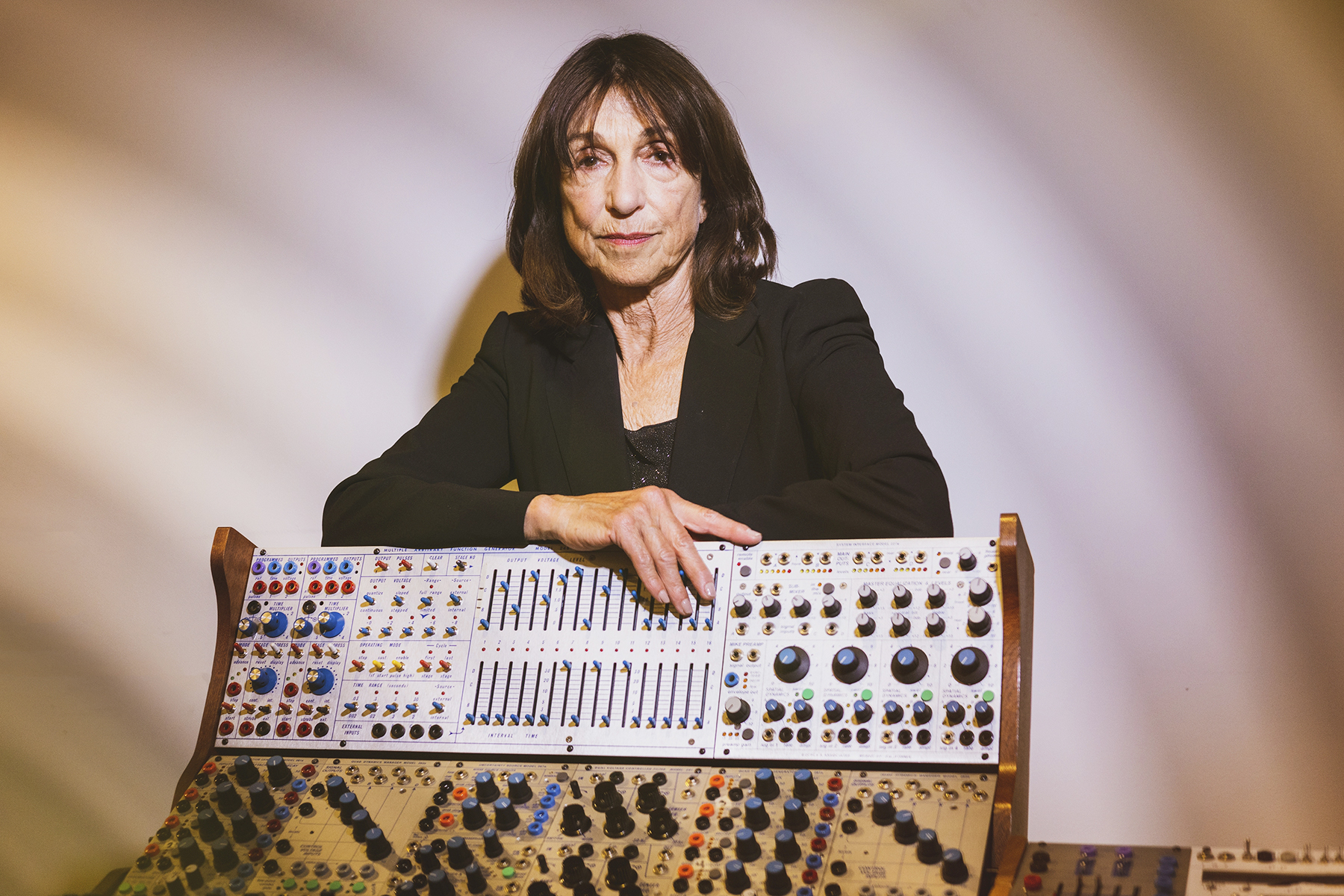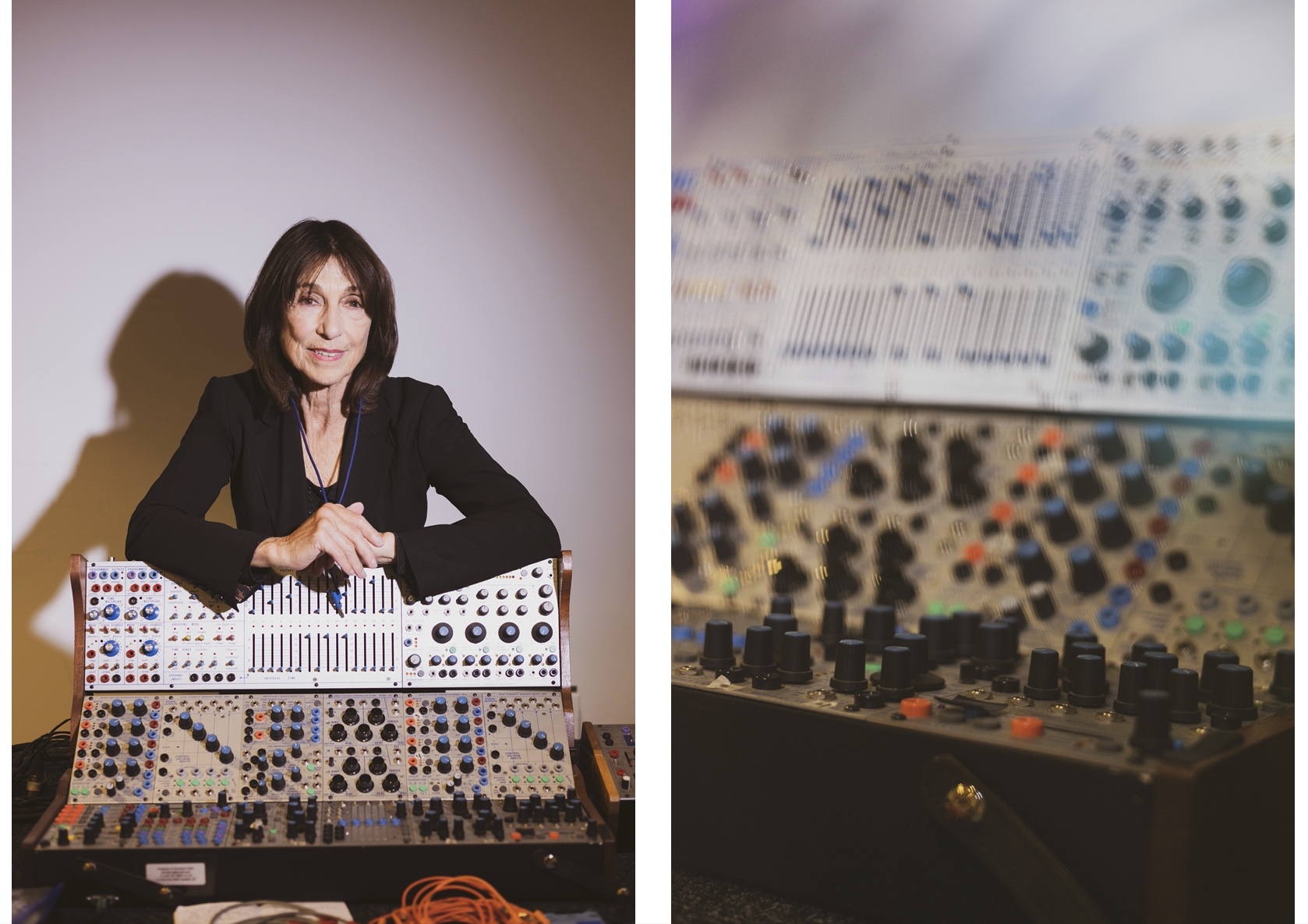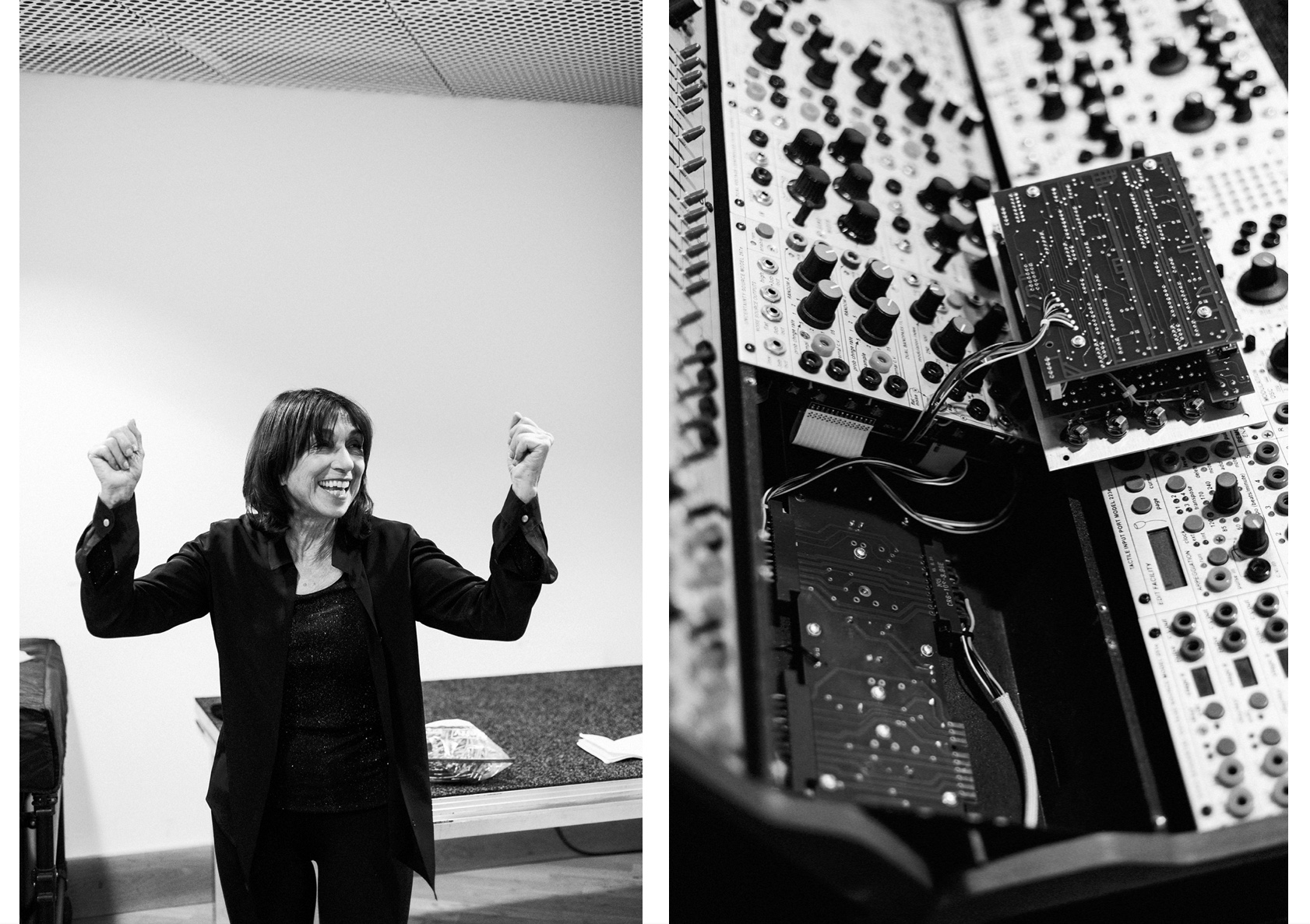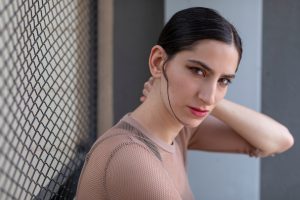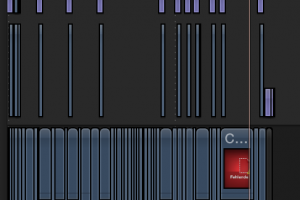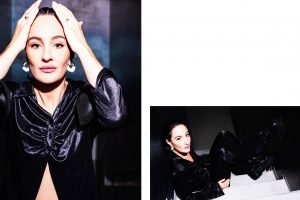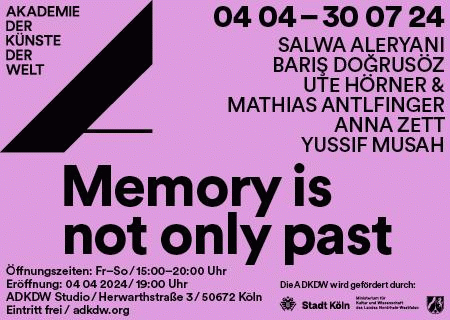Suzanne Ciani: “”I’m stubborn and I try not to be lazy”
For the latest installment of our “Electronic Lights – Women in Electronic Music” series, we met up with Suzanne Ciani.
At 76, Italian-American composer Suzanne Ciani is in greater demand than ever before. For far too long, female pioneers of electronic music like Delia Derbyshire, Else Marie Pade, Pauline Oliveros, Laurie Spiegel, Daphne Oram and Suzanne Ciani have been overshadowed by male colleagues like John Cale, Steve Reich, La Monte Young, Tony Conrad and Angus MacLise.
But there is no trace of resentment in the words of the Californian artist. She happily compares the current attention to a wave while surfing, which carries one higher and higher and thus she can have more influence on the future design of electronic instruments. This is especially important to Ciani in that she is the last ambassador of Don Buchla’s legacy since his death – a mission that could be over at any time. “I don’t know how long the Buchla will continue to function,” she elaborates. “If it breaks, it won’t be replaceable; I won’t have an instrument anymore. When it first broke in the ’70s, I was so traumatized that I reoriented myself musically after that.”
“Is it a question of time? No, I don’t think it is. It’s more about stopping time. If you want to be creative, you have to go into a bubble and free yourself from the constraints and practical deviations of the world outside,” Suzanne Ciani said five years ago while recording the Kaput video editorial with her in Durham, North Carolina, as part of Moogfest – a sentence still vibrating with me.
Looking back on Suzanne Ciani’s career, it is characterized by a very unique combination of artistic curiosity, the ability to be in the right place at the right time, the talent to engage in exchange processes with other artists, and a certain pragmatism regarding the economic aspects of an artist’s existence. First, there was her meeting with Don Buchla, whom she met while studying composition at Berkley in the 1960s and whose Buchla Syntesizer was to become her instrument. Of similar lasting impact a decade later was her encounter with John Chowning and Max Mathews while studying computer generated music at Stanford. While many male colleagues would have used such a foundation to pursue an artistic career in their own light, Ciani, much like Delia Derbyshire, who contributed her musical talents primarily within the BBC Radiophonic Workshop, was long content to devote her off-hours and weekends to her own music. By earning her money elsewhere, she took the pressure off the art. The only difficulty, she says, was that she wasn’t as good as others at flipping a switch and producing music for three hours after making dinner and taking out the trash. But thanks to a house in Venice that she rented at that time for working on an album , where no one knew her and the phone never rang, she still managed the balancing act. Especially since in those days the music was primarily live anyway. “I didn’t use the Buchla as a studio instrument, I just gave concerts with it.” With the consequence that there is only one artifact of her decade-long first wave of fascination with the synthesizer, the album “Buchla Concerts 1975” released on Finders Keepers Records.
The musical reorientation Suzanne Ciani was referring to would involve a turn toward the just-forming New Age genre – a sound that had long been a blind spot in her catalog, and one that is also virtually erased in the documentation “A Life in Waves.”
“When I started working on my first album, “Seven Waves,” I didn’t want to just record electronic music, I wanted to bring my classical roots to it. The wave represents the form of melodic composition,” recalls Suzanne Ciani.
It is a pleasure to talk with her about her artistic process. She doesn’t seem to know stress. Her mantra sounds as simple as it is desirable: “There is nothing to do and everything will get done.”
“As an artist, she says, one must not give in to the otherwise prevailing everyday pressures, but rather “let go of control and then trust that everything will happen as it’s supposed to.” The relief of art from economic constraints enabled Suzanne Ciani in the 80s and 90s sound design commissions for brands such as Coca Cola and AT&T Sounds, soundtracks for films such as “The Incredible Shrinking Woman” and purely commercial projects such as a disco version of the soundtrack to “Star Wars”, before which she did not shy away, but about which one must also not talk in depth, as she gives to understand.
“I want to create a place of relaxation with my music,” Suzanne Ciani prefers to continue the remarks on “Seven Waves”. In this respect, she feels it is not inappropriate that the New Age strand of her music is now categorized as part of the ambient genre. This led, among other things, to the New York label Rvng Intl. initiating a collaboration with Kaitlyn Aurelia Smith for its FRKWAYS collaboration series. “Sunergy”, the result of this meeting of generations and ambient schools, is breathtakingly beautiful. The two tracks on it, “A New Day” and “Closed Circuit”, represent a sound reality that is very closely connected to places like Big Sur and the California National Parks.
She herself, by the way, would struggle with relaxing to music, Ciani confesses. “If I’m at a massage and I hear New Age music, I can’t stand it. I can’t relax like that. I’m too much of a musician for that.”
We are very happy to feature Suzanne Ciani in our ongoing series on women in electronic music.
Questionnaire „Electric Lights – Women in Electronic Music“
Suzanne, what do you prefer, the seclusive working process in a studio or the live presentation of your music in front of the audience? And why so?
Suzanne Ciani: “I’ve recorded many studio albums and love the sanctum of the recording studio. In my early days, I worked with engineers and production assistants and at times a co-producer to manifest my ideas in the days before there were home studios and digital recording. The studio time was hugely expensive and the electronic production complicated and risky, but since my goal was to create a feeling of peace and safety, I would completely relax, even in the face of breakdown of equipment. “There is nothing to do and everything will get done,” I told myself. Sadly, in the very early days of my years of live quadraphonic Buchla performances, there was no way to record in quad. Today, I prefer live performance with the Buchla, in a way to show how it was done in the “beginning” and am so happy to finally be able to play in quad and to record in quad. The challenge has been to release quad vinyl.”
What do you think sets your “voice” or creative expression apart from other’s?
Suzanne Ciani: “As artists, our job is to find our own unique voice. I believe every artist has a unique voice and so, with integrity, we speak alone. That is not to say that we are not influenced by those before us in many cases, but finding one’s “original” voice is a process of trusting oneself and being honest about whether one is truly pleased.”
What empowers you or helps you to overcome obstacles and challenges in your work?
Suzanne Ciani: “I’m stubborn and I try not to be lazy. I just keep going until I find a solution. Also, I listen to my “little voice,” the instinctive inner voice that gives me good advice and is always ready to assist if I just honor it.”
What would be a fantasy venue or event to play live at?
Suzanne Ciani: I’ve always envisioned a “theater of the future” where the concert hall is perfectly tuned to allow multi-speaker surround sound and visual projections or integrated visual events. I like to communicate the actual performance interactions with the machine and so in my concerts I project a close-up of the Buchla, either graphically real or modified to some degree, the modifications generated by the music volume. When I first started performing in quad, theaters were not amenable to setting up additional speakers in the rear; now that is not an issue, but the acoustics and sound systems are not ideal. We need architects to design spaces not only for perfect acoustic performances, but for electronic speaker delivery. An electronic musical instrument like the Buchla is designed to generate spatial movement in the moment and the ability to do that will become more and more important.”
Do you see a connection between your femininity and your work? And if so what is it?
Suzanne Ciani: “Yes, I do see a connection between my femininity and my work and I think we are just beginning to discover the distinctive contributions/viewpoints of women in music. For me, I gravitated towards a very slow rhythm, the rhythm of the ocean. The ocean represented a “safe space” to me, vast and untouched. My goal was to create the feeling of a safe space in my music and that was the genesis of my first studio album, Seven Waves. The energy system was, I think, very feminine: like a wave, slowly building to a climax and then receding. We have usually judged women by referencing male ideas, dubbing a woman a “female Mozart” or whatever, but I think that we now realize women are no longer competing in a man-defined world necessarily, but voicing their unique viewpoints, using new materials and with different goals. There is power and strength in these ideas, but probably more like the strength and power of the sea and less like the power of a gun or hammer.”
What is your favorite app/technology/instrument to create sounds with?
Suzanne Ciani: “It’s no secret right now that my currently favored instrument is the Buchla 200e modular electronic music instrument, a relative of the Buchla 200 that I played in the late 60’s and 70’s. For me, it is a performance instrument, allowing improvisations on some basic musical sequences and creating a quadraphonic immersive space. I always say that it is not about the “sound” but about the way the sound “moves,” both timbral and spatial movements. Voltage control is the methodology, allowing in-the-moment compositional design.”
____________
Suzanne Ciani: “Also in another footnote. I would like to say that I am working now and getting a back up system so that if mine does break I’ll be able to go forward eventually. There are quite a few custom modules in my system or modified modules and so that creates a bit of a challenge in cloning the system, but I hope to do it.”
____________
This interview with Suzanne Ciani is part of the ongoing photo-project “Electric Lights – Women in Electronic Music” by Hamburg based photographer Katja Ruge and Kaput co-publisher Thomas Venker focused on the role of women in electronic music.
Each photoshoot is accompanied by a short interview, based on a personalised questionnaire. The interviews will be published on the kaput website on a monthly basis, before finding their way into a book.







